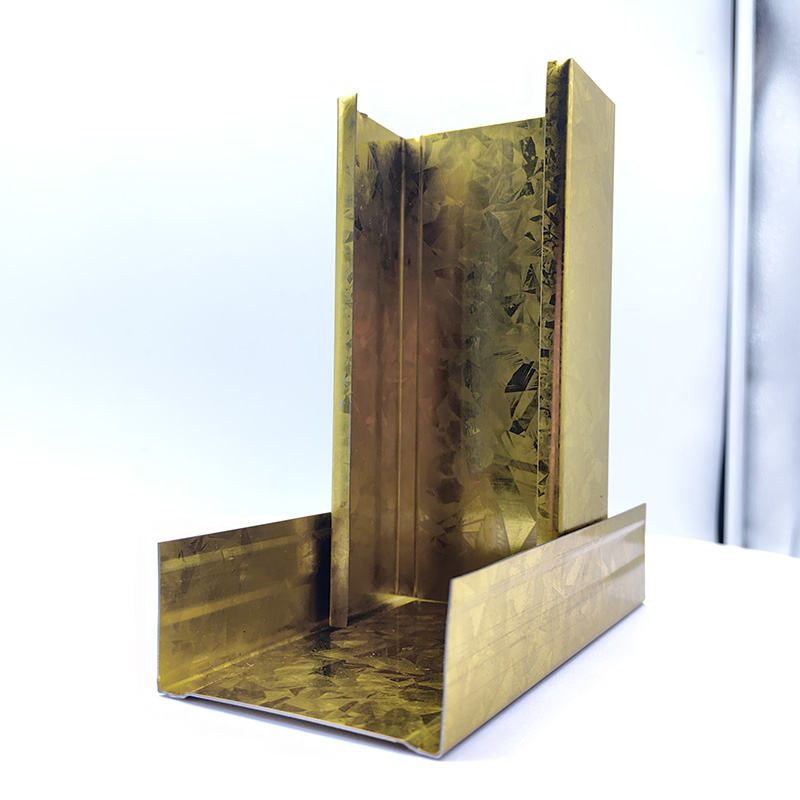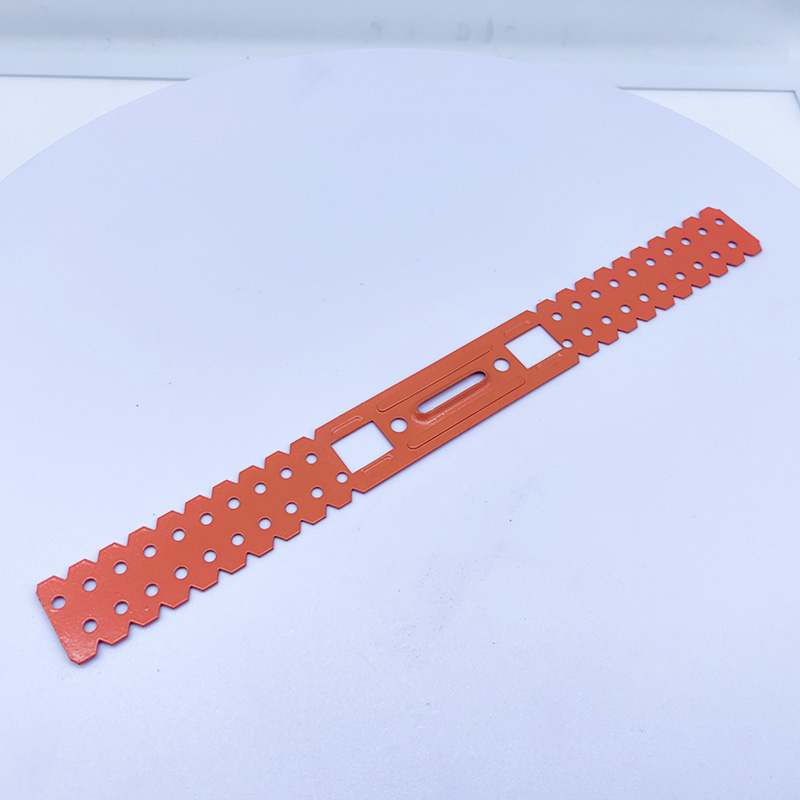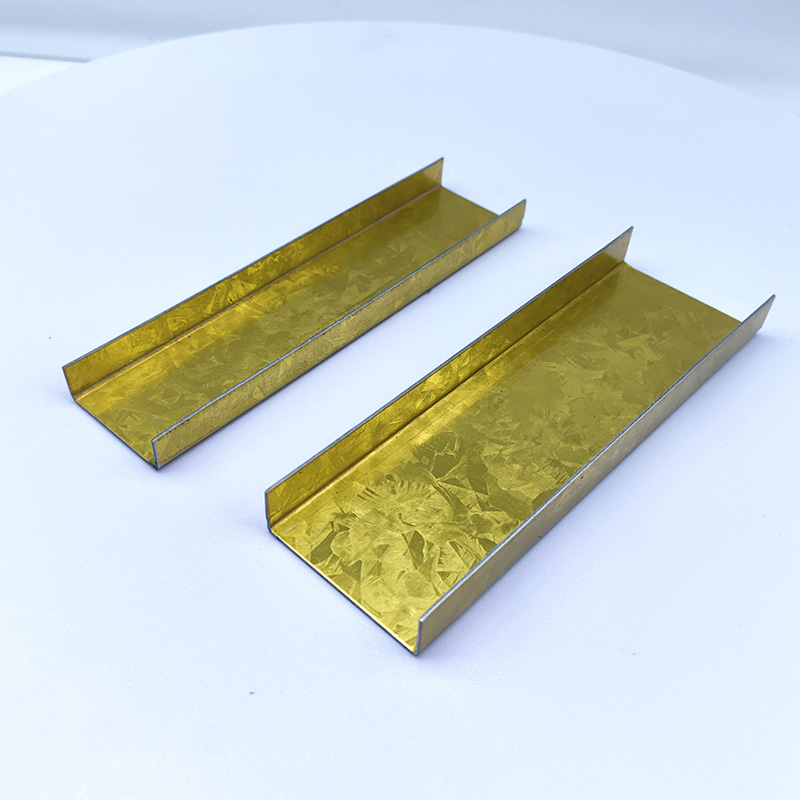What is Light Steel Keel? A Comprehensive Analysis of Its Advantages, Disadvantages, and Applications
2025-03-20 16:52:22
I. Introduction
In the wave of rapid development in modern architecture, various new building materials have emerged, and light steel keel stands out as a shining star. As a building material meticulously crafted from galvanized or cold-rolled steel sheets, light steel keel serves as the robust skeleton within structures, playing a crucial role in ceiling and partition systems. Its outstanding features of being lightweight yet strong have made it a key to efficient construction in numerous projects, earning the favor of architects and construction teams alike. Let’s delve into the world of light steel keel and comprehensively explore its definition, advantages, disadvantages, and applications across various architectural scenarios.
II. What is Light Steel Keel?
2.1 Definition and Materials
Light steel keel, simply put, is an indispensable metal framework used for internal structural support in buildings. It embodies the intelligence of modern industry, primarily utilizing galvanized or cold-rolled steel sheets as raw materials. Galvanized steel sheets feature a dense zinc coating that effectively resists corrosion from airborne substances, significantly enhancing the keel’s durability. Cold-rolled steel sheets, on the other hand, offer excellent processing performance and high strength, ensuring the keel’s reliable formation and long-term use. Together, these materials establish a solid foundation for the quality and stability of light steel keels.
2.2 Structural Characteristics
Shape and Size
At construction sites, light steel keels appear in various shapes, with U-shaped and C-shaped keels being the most common. These keels resemble specialized building blocks, with U-shaped keels acting as stable grooves that provide a reliable mounting base for other components in ceiling and partition systems. C-shaped keels, resembling open frames, offer distinct structural advantages. The dimensions of light steel keels vary widely, from a few centimeters to several dozen centimeters, ensuring compatibility with projects ranging from delicate residential renovations to grand commercial constructions.
Connection Methods
The structural stability of light steel keels depends on their connection methods. Common connection techniques include self-tapping screws, rivets, and welding. Self-tapping screws function as sturdy fasteners, drilling into keel components to secure them firmly. Rivets act as strong adhesives, ensuring tight integration between different parts. Welding directly fuses keel components into a single, cohesive unit, reinforcing structural stability and enhancing building safety.
2.3 Working Principle
Load-bearing and Support
When looking up at ceilings or touching partition walls, we may not realize the crucial role of light steel keels. Acting as tireless weightlifters, they provide a stable framework for ceilings and partitions. Whether supporting ceiling fixtures such as lamps and fans or withstanding daily impacts on partition walls, light steel keels maintain structural integrity, ensuring the safety of interior spaces.
Sound and Thermal Insulation
Light steel keels often collaborate with gypsum boards or insulation materials. When paired with gypsum boards, they form an effective sound barrier, minimizing external noise intrusion and creating a peaceful living and working environment. When combined with insulation materials, light steel keels serve as thermal barriers, regulating indoor temperatures by preventing heat transfer—keeping spaces cool in summer and warm in winter, contributing to energy efficiency.
III. Advantages of Light Steel Keel
3.1 Lightweight and High Strength
Compared to traditional materials like wood or bricks, light steel keels offer a superior strength-to-weight ratio. This reduces the structural load in high-rise buildings, enhancing safety and efficiency. Their high strength also allows buildings to better withstand natural disasters like earthquakes, providing added security.
3.2 Fire Resistance
Fire hazards pose significant risks in construction, but light steel keels excel in fire resistance. Being non-combustible, they act as fire barriers, preventing the spread of flames. Many commercial buildings and public facilities choose light steel keels for their superior fire-resistant properties, enhancing overall safety.
3.3 Corrosion Resistance and Longevity
The galvanization process forms a protective layer on light steel keels, significantly improving rust resistance. Whether in humid climates or areas with heavy industrial pollution, these keels maintain durability without frequent maintenance, reducing long-term costs.
3.4 Easy Installation and High Efficiency
Light steel keels follow standardized manufacturing processes, ensuring precise dimensions and quality control. Their assembly resembles building with interlocking blocks, simplifying installation. Compared to traditional construction methods, light steel keels accelerate project completion, making them ideal for large-scale developments.
3.5 Environmentally Friendly and Recyclable
As environmental awareness grows, the sustainability of building materials has become a priority. Light steel keels are recyclable, reducing resource consumption and waste generation. Their eco-friendly nature makes them a top choice for green construction projects.
IV. Disadvantages of Light Steel Keel
4.1 High Installation Requirements
Despite their many benefits, light steel keels require professional installation. Improper assembly can compromise structural stability. Qualified contractors must adhere to precise installation guidelines to prevent issues such as ceiling deformation or partition cracking.
4.2 Limited Sound and Thermal Insulation
Although light steel keels can work with other materials to enhance insulation, they are not highly effective on their own. In sound-sensitive spaces like recording studios, additional insulation layers are needed for optimal noise reduction. Similarly, advanced insulation materials may be required in energy-efficient buildings.
4.3 Potentially High Cost
The initial cost of light steel keels may be higher than traditional materials, particularly in complex projects requiring custom specifications and intricate installation processes. However, considering their durability and performance, the overall cost-effectiveness remains competitive.
4.4 Market Presence of Counterfeit Products
The increasing demand for light steel keels has led to the emergence of counterfeit products made from substandard materials. These low-quality products compromise construction safety. Buyers should select reputable suppliers and verify quality certifications to ensure compliance with industry standards.
V. Applications of Light Steel Keel
5.1 Residential Buildings
Light steel keels are extensively used in home interiors, forming aesthetically pleasing and functional ceilings and partitions. They allow flexible space division, enhancing privacy and optimizing layout efficiency in residential designs.
5.2 Commercial Buildings
In office spaces, shopping malls, and restaurants, light steel keels facilitate quick partitioning and ceiling installation, accommodating evolving business needs. Their fire resistance also enhances safety in high-traffic areas.
5.3 Public Facilities
Hospitals, schools, and libraries benefit from the durability and safety of light steel keels. Their corrosion-resistant and fireproof qualities contribute to maintaining hygienic and secure environments.
5.4 Industrial Warehouses
Large-scale industrial facilities require strong, lightweight structural components. Light steel keels offer an efficient solution for warehouse ceilings and walls, optimizing space utilization and reducing construction costs.
5.5 Renovation Projects
In building renovations, light steel keels enable efficient remodeling without extensive demolition. Their flexibility in design and quick installation make them ideal for updating outdated spaces.
VI. Selection and Installation Considerations
6.1 Choosing Materials
Project-specific requirements determine the appropriate light steel keel specifications. Quality assessment includes checking for uniform galvanization, smooth surfaces, and adherence to standard thickness guidelines.
6.2 Selecting Manufacturers and Brands
Reputable brands ensure superior quality and compliance with safety standards. Conducting research, reviewing certifications, and seeking recommendations help identify reliable suppliers.
6.3 Design and Planning
Accurate measurements and structural planning are essential before installation. Proper load calculations prevent future stability issues, ensuring long-term performance.
In conclusion, light steel keel stands as an indispensable element in modern construction, offering strength, efficiency, and sustainability while requiring professional installation and quality assurance to maximize its benefits.

A Double Anti-Rust Gold Partition Wall Stud is a type of steel stud commonly used in the co...

A CD UD Profile Furring Clip U Clamp is a type of metal fastening component used in the ins...

A 60mm Ceiling Grid refers to a type of suspended ceiling system, commonly used in commerci...

38mm Main Tee and 50mm Main Tee refer to the widths of the main tee profiles used in suspen...

